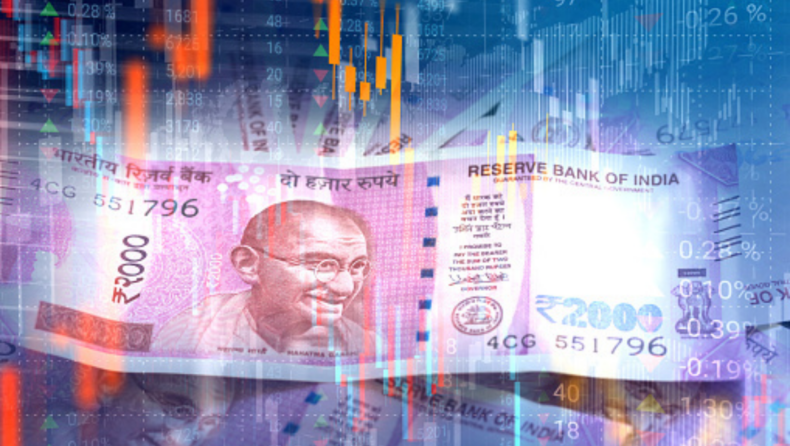As of September 9, Indian currency foreign exchange reserves were $550.87 billion, down from $553.11 billion a week earlier, a nearly two-year low. The Reserve Bank of India (RBI) said on Friday that the nation’s foreign exchange reserves fell by USD 2.234 billion to USD 550.871 billion for the week ending September 9.
Large amounts of cash, bank deposits, bonds, and other financial assets denominated in currencies other than the Indian rupee make up India’s significant foreign exchange reserves. The Reserve Bank of India manages the reserves on behalf of the Indian government, with foreign currency assets making up the majority of the total.

The reserves had decreased from USD 553.105 billion to USD 7.941 billion over the previous reporting week. According to the Weekly Statistical Supplement published by RBI, the decrease in foreign currency reserves can be linked to a decrease in Foreign Currency Assets (FCA), a significant portion of the total reserves.
Assets denominated in foreign currencies decreased from $2.52 billion to $489.60 billion. When expressed in dollar terms, FCA is the result of the appreciation or depreciation of non-US currencies held in foreign exchange reserves, such as the euro, pound, and yen.
From $607 billion at the end of March, India’s spot foreign exchange reserves had decreased.
According to projections by IDFC First Bank, foreign exchange reserves might decline to $510 billion even in the worst-case scenario if the current account deficit increases to 4% during FY’23.

According to recent predictions from Deutsche Bank, this year will see more declines in India’s overall foreign exchange reserves as a result of the country’s soaring current account deficit and interventions by the central bank to maintain the rupee.
According to the RBI’s Weekly Statistical Supplement, the decline in reserves during the reporting week was caused by a decline in foreign currency assets (FCAs), a significant portion of the total reserves.
In the reporting week, the FCAs fell by USD 2.519 billion to USD 489.598 billion. According to the government’s monthly economic assessment for August, which was issued on Saturday, a substantial increase in consumer spending and rising employment will support economic growth in India in the months to come.

According to the report, private consumption had increased and capacity utilization rates had risen to one of their greatest levels in the previous ten years. According to the research, government spending rose 35% from April to August compared to the same time last year, which has stimulated business investment. The report also noted that the government’s growth in tax revenue has been strong.
High levels of foreign exchange reserves, ongoing foreign direct investment, and robust export earnings, according to the report, have served as a respectable buffer against the normalization of monetary policy in advanced economies and the ensuing widening of the current account deficit brought on by the geopolitical conflict.
The value of the appreciation or depreciation of non-US currencies like the euro, pound, and yen held in foreign exchange reserves is included in the foreign currency assets, expressed in dollar terms.

The report showed that the value of the gold reserves climbed by USD 340 million to USD 38.644 billion. To reach USD 17.719 billion, the Special Drawing Rights (SDRs) decreased by USD 63 million. The Reserve Bank of India predicted on Friday that the country’s current account deficit will be “eminently financeable” and stay within 3% of the gross domestic product in the current fiscal year through March 2024.
The research said that India is in a better position to regulate its liquidity levels without abruptly stopping the growth and that inflationary pressures in the nation seem to be abating.
According to the data, the nation’s reserve position with the IMF increased by USD 8 million to USD 4.91 billion during the reporting week.
However, it also said that over the winter, geopolitical tensions would increase amid a sharpened focus on energy security, which might put to the test “India’s adept managing of its energy demands thus far.”It might not be feasible to be content and take it easy for a while in these uncertain times. The cost of stability and long-term growth is perpetual macroeconomic vigilance “It was added.
Read More:
Govt. grants invoicing, payment, and settlement of International trade in the Indian rupee













